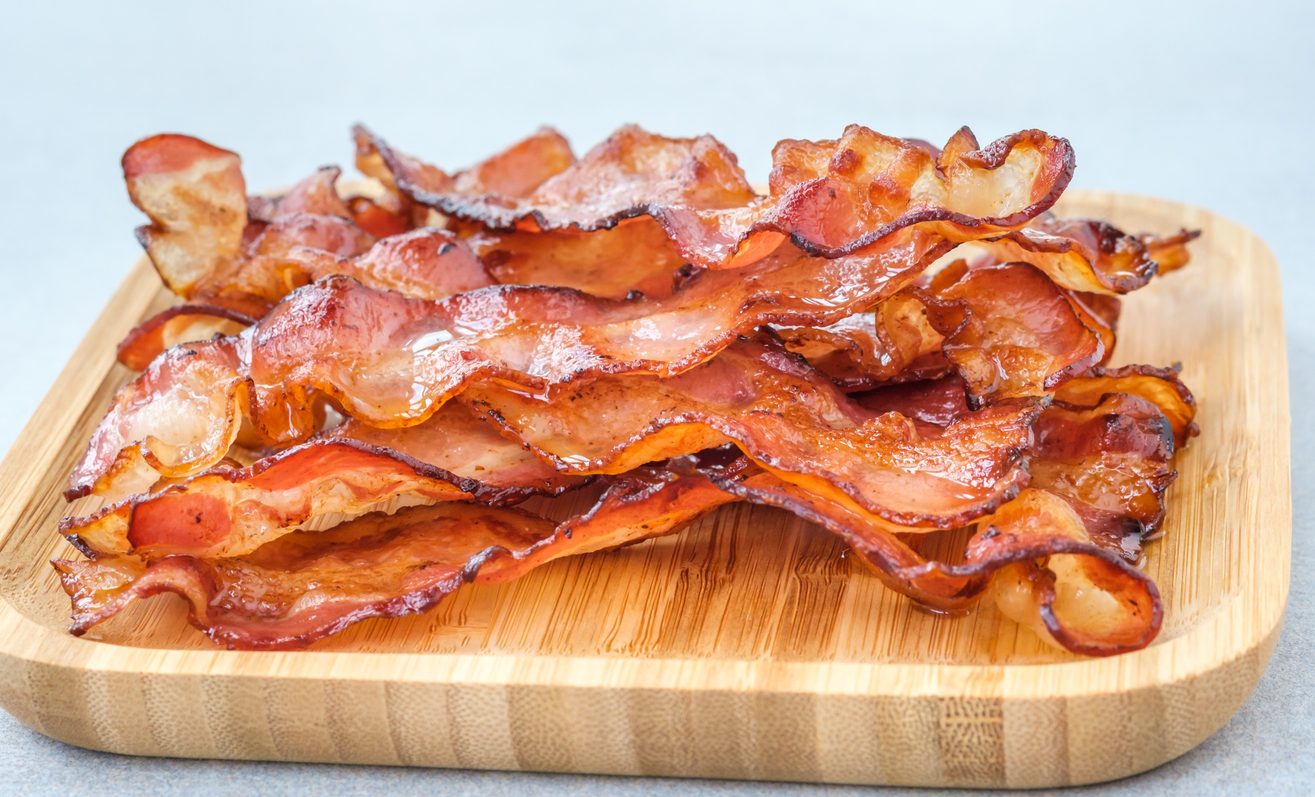10 Worst Things You Can Do When Cooking Bacon
Everybody loves bacon, right? In fact, Americans alone eat about 600 million pounds of bacon every year. That’s a lot of bacon. People love it so much; they even add it to desserts! But whether you serve it with eggs, add it to a sandwich, or eat it on its own, there are a few things you should know about cooking it!
;Resize,width=742;)
Like many things, there’s a right way and a wrong way to do things. And so too when it comes to cooking bacon. Read on for a few common mistakes people make when cooking bacon and see if you’re guilty!
Using thin-cut bacon

Visit any quality diner and chances are they won’t be serving you with paper thin strips of bacon. Yes, they might work out cheaper when cooking at home, but they’re awful to cook with. Rather go for thick-cut bacon – you’ll be able to cook them crispy on the outside while juicy on the inside.
Pan too hot

Crispy bacon is great, but burnt bacon…not so much. If you add your bacon to a hot pan, you’re likely to burn the edges before the bacon is properly cooked. This will lead to uneven cooking. Rather add your bacon to a cold pan and heat it up slowly. This will help to render the fat and cook the bacon properly.
Wrong pan

Many home cooks use their non-stick skillet for bacon and it’s easy to see why. It’s easy to cook with and so easy to clean too! But to cook your bacon evenly, make sure to use a cast-iron skillet. It heats up evenly and will also retain heat better than other pans. The bonus? Your cast iron skillet will be seasoned with bacon fat!
Overcrowding the pan

You always want to go for crispy bacon, but when cooking for a large number of guests, you might be tempted to add all the bacon to the pan at once. If you do this, however, you won’t only be left with unevenly cooked bacon, the bacon will end up steamed instead of caramelized. Rather cook the bacon in batches.
Too much smoke

If you’re cooking bacon for a large number of guests, you might want to fry them in the oven. But if you don’t prepare them properly, you could end up triggering the smoke alarm! This is because the excess bacon grease drips into the oven and becomes very hot – creating too much smoke.
Uncured vs cured

You could be making the mistake thinking all bacon is the same. But if you recently bought uncured bacon, you should not store it in the same way as your traditional cured bacon. Uncured bacon does not contain any nitrites (preservatives), which means it can be stored for a maximum of five days in the refrigerator or one month in the freezer.
Choosing the right smoke

If you’re in a rush, you might choose the first ack of bacon you see. But check the label to see which type of smoke was used as they all deliver different flavors. Whereas hickory is more of a mild smoke, applewood has a sweet finish. Mesquite, on the other hand, has the boldest smoky flavor (which is why it’s so popular in other flavored goods).
Cold bacon

As with many ingredients, you should never cook bacon straight from the fridge. If the bacon is too cold, it will cool down your heated pan and end up cooking unevenly. It will also prevent the fat from being rendered properly, which will not only make the bacon chewy, but it will lack in flavor.
Bacon grease

If you’re tossing excess bacon grease down the drain (or in the bin), you’re practically throwing away liquid gold. Rather store the bacon in a jar and safe it to add flavor to other foods. You can do the same for other sources of fat (from beef or chicken). You can thank us later!
No oil

If you use fatty bacon, you might think that the fat is enough that you don’t have to add any additional oil. But you will be making a big mistake. The bacon would end up sticking to the skillet’s surface, and you’ll end up with unevenly cooked bacon. Start off with just a small drizzle of oil, and let the bacon fat do the rest.
;Resize,width=767;)


;Resize,width=712;)
